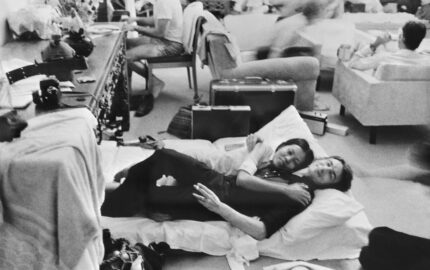“Mrs. Kelly’s Monster” has never left me.
“The heartbeat goes pop, pop, pop, 70 beats a minute.”
In his December 12, 1978 article in The Baltimore Evening Sun, Jon Franklin put me in the operating room and spiked my heartbeat with his words.
He had an inspired idea: witness something remarkable yet common. Every hour of every day, a surgeon somewhere is trying to save a dying patient.
A life-and-death plot with three characters. Surgeon. Patient. The “monster” in her brain. Electrifying pace. Complex procedures rendered with stunning clarity.
“The aneurysm finally appears at the end of the tunnel, throbbing, visibly thin, a lumpy, overstretched bag, the color of rich cream, swelling out from the once-strong arterial wall, a tire about to blow out, a balloon ready to burst, a time-bomb the size of a pea.”
I read that story over and over in college. Later I had my journalism students at Georgetown University read it out loud to feel their own hearts go pop, pop, pop.
Great idea. Precision writing. No fancy words. Pure power.
Mrs. Kelly’s Monster
By Jon Franklin
The Baltimore Evening Sun, Dec. 12, 1978
Narrative Journalism



